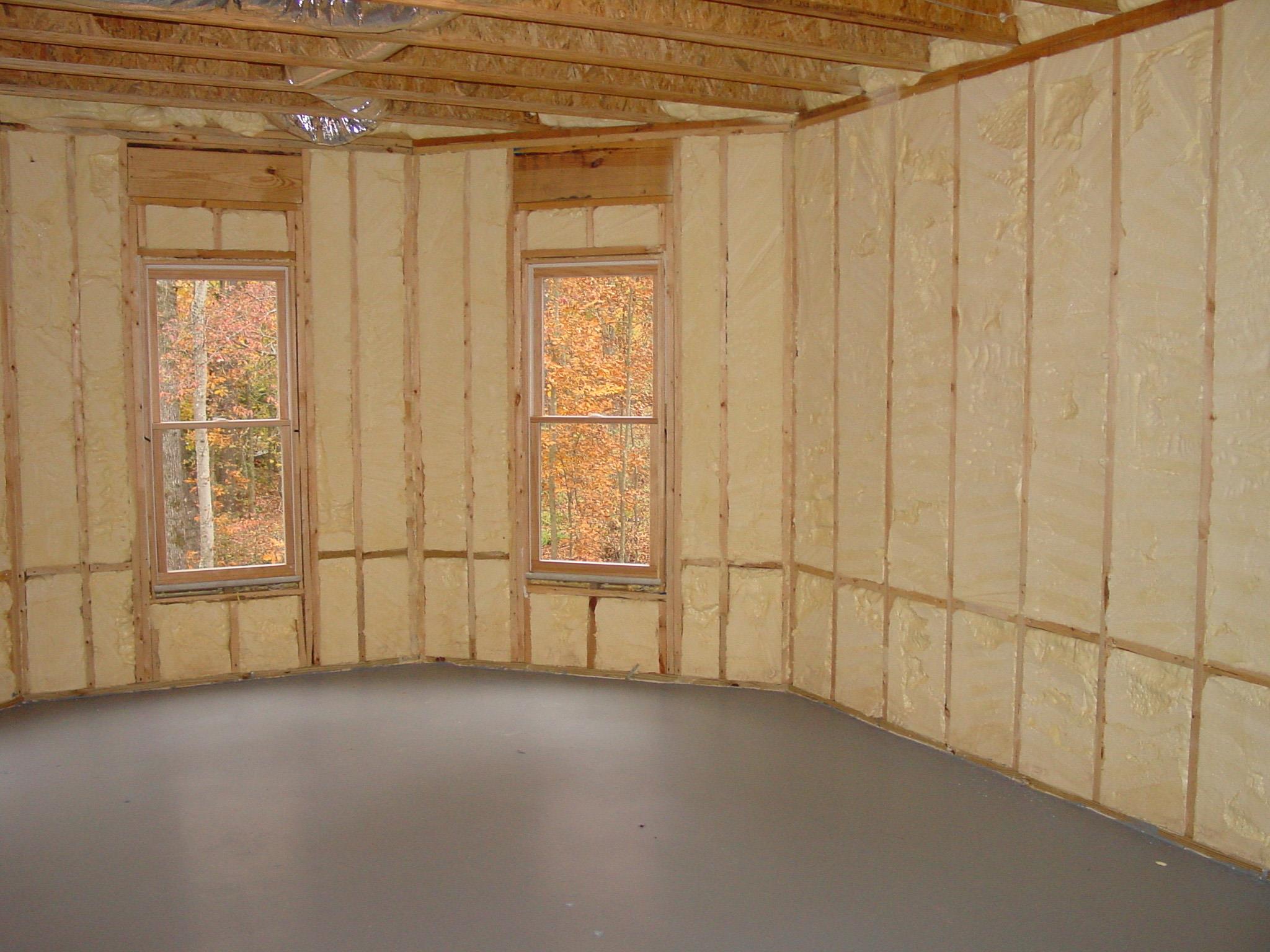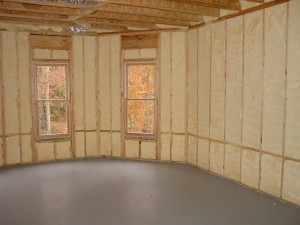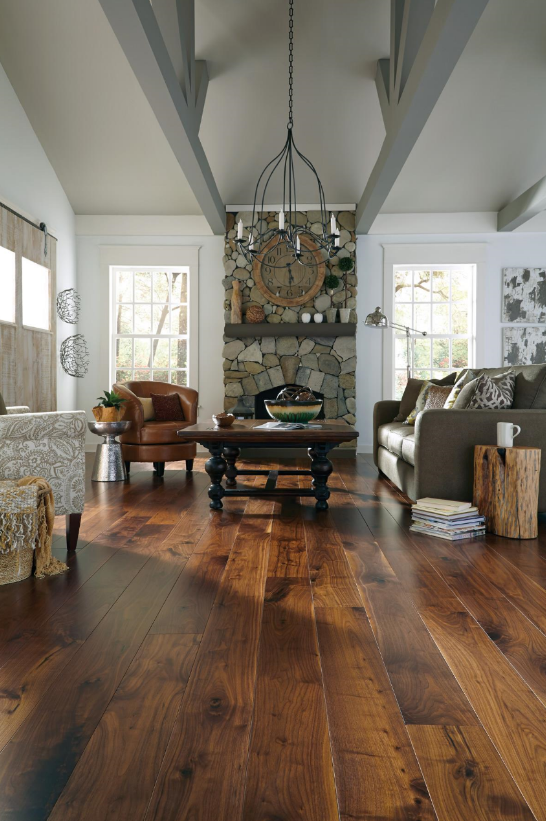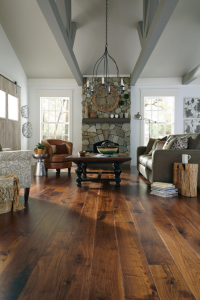 Spring is right around the corner, which means everyone is ready to get outside and enjoy the sunshine and fresh air. Whether you put your patio furniture in storage for the winter or left it outside, you’ll have some work to do to get your outdoor furniture ready for spring. Consider the following tips:
Spring is right around the corner, which means everyone is ready to get outside and enjoy the sunshine and fresh air. Whether you put your patio furniture in storage for the winter or left it outside, you’ll have some work to do to get your outdoor furniture ready for spring. Consider the following tips:
- Assess Damage
Between the cold and damp weather, winter can cause a lot of damage to patio furniture — even if it has been in a garage or shed for the winter. Steel may rust, wood can crack and splinter during freeze-thaw cycles, and wicker is especially prone to damage from expanding and contracting. Water and freeze-thaw cycles aren’t the only things that can cause damage, however. Mice or other rodents can chew cushions or wood, and things like sliders on the feet of chairs and tables may have loosened or broken as you put your patio furniture away in the fall. When you bring your furniture out of storage, make sure to assess it for any damage that occurred.
- Start Cleaning
Before you start repairing, it is wise to clean your patio furniture. Over the fall, winter and early spring, your furniture may have accumulated not only dust and grime, but potentially mildew and mold spores, too. Use dish detergent mixed with water and a soft cloth to cleanse your furniture. For steel items that are rusty, you can use a wire brush to remove the rust.
- Repair or Replace Damaged Pieces
Some things, like a cushion that has been chewed by mice, might not be repairable. Make a list of the things that you can’t fix and plan to replace them later. After that, you can focus on what can be repaired:
- Once rust is removed from steel, paint over it with primer and apply a finishing coat to prevent further rust.
- Splintery wood furniture should be sanded smooth. Once you’ve finished sanding, clean the furniture to remove dust and coat the wood with a protectant to keep it from turning gray with age.
- Cracked wood furniture can be repaired as long as the cracks aren’t so large that they’re affecting the structural stability of the piece. Simply fill the cracks with putty or wood filler. This may take a few applications depending on how much the filler shrinks. Then, sand the filled areas smooth, clear the dust, and apply a finish or protectant as you normally would.
- Check chair slides and other bits of hardware to make sure that they are intact. If you find broken hardware, remove it and search online or at your local home improvement store for replacements. Depending on the manufacturer of your furniture, you may even need to order parts directly from the manufacturer.
- Tighten any screws or other fasteners. This is particularly important for metal furniture with moving or adjustable parts, such as the frame that holds your hammock. This step can protect you from an accident later in the spring.
- Some furniture either folds for storage or has wheels to make it easy to move. Each of these moving parts should be lubricated, not only to make them easier to use, but also to protect the joints from wear. Use a spray lubricant containing Teflon to lubricate joints. Avoid using oil-based lubricants because these can actually make the problem worse since they tend to collect dirt.
It will take some work to get ready for spring — cleaning, repairing and replacing. However, when you’re enjoying springtime flowers and fresh green foliage from the comfort of your patio, you’ll realize that the effort is totally worth it.
About the author:
Jessica Kyriakos is Brand Manager of Superior Site Amenities. Jessica has worked in the site furnishing industry for over 15 years and brings her knowledge of the industry to her role with the company. They provide outdoor furniture for your unique space, including grills, picnic tables and more.





